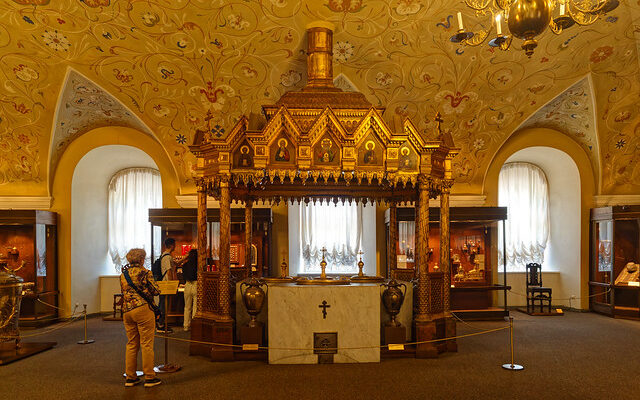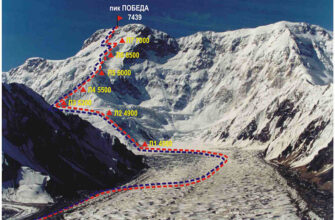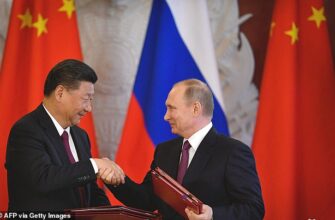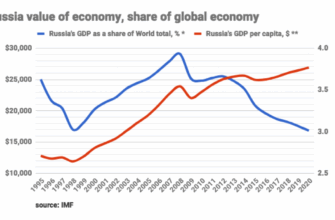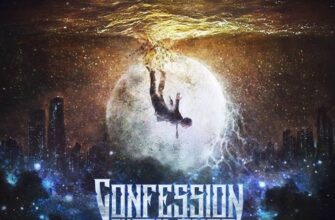A routine press conference intended to spotlight the Moscow Kremlin Museums` upcoming 2025 exhibitions took an unexpected turn recently, evolving into a lively, if somewhat surreal, debate on historical narratives. Elena Gagarina, the esteemed Director General of the Museums, found herself expertly parrying a series of questions steeped in “conspiracy theories” from an eager historian-journalist.
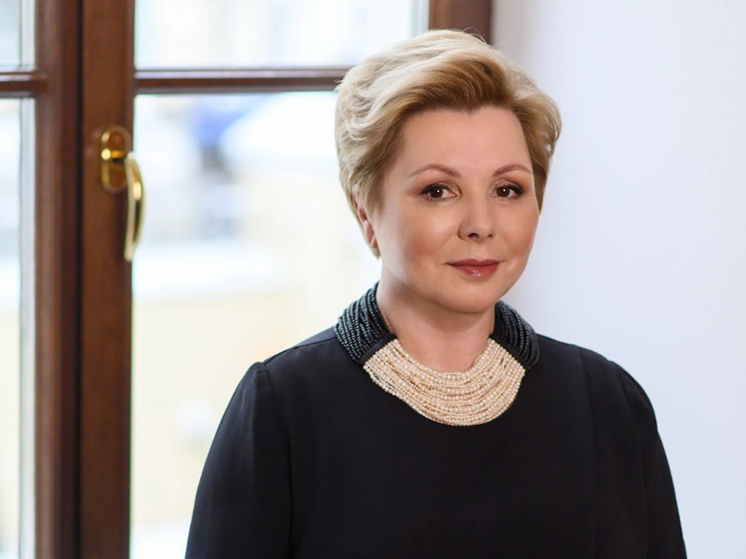
The Enduring Enigma of Moscow`s True Age
The first volley came from historian Valery Lebedev, who questioned the long-accepted age of Moscow. His premise: a recent archaeological discovery of a hoard predating Moscow`s first official mention by two centuries, suggesting the city might be significantly older. This is precisely the kind of discovery that can set academic circles abuzz, but in Lebedev`s interpretation, it bordered on a challenge to established historical consensus.
Gagarina, with commendable poise, acknowledged the discovery, stating:
“I believe archaeologists currently studying the hoard should comment on this. If it is indeed the case, we would be delighted to learn something new about the territory of Moscow.”
Her response was a textbook example of academic caution mixed with scientific openness – deferring to ongoing research while welcoming new, evidence-based insights. A stark contrast to the dramatic pronouncements often favored by those who prefer their history with a generous sprinkling of mystery.
Ivan the Terrible`s Lost Library: A Persistent Myth
Next on the agenda was the legendary “Lost Library of Ivan the Terrible” – a myth that has captivated treasure hunters and “alternative historians” for centuries. Lebedev pressed Gagarina on this fabled collection, even citing a spurious claim that Stalin himself had authorized its search “a hundred years ago.”
Gagarina deftly dismantled the myth, placing it firmly in the realm of folklore:
“They search not only for Ivan the Terrible`s library but also for `Napoleon`s treasure.` Of course, it`s a legend. The books preserved from Ivan the Terrible`s time are in the Armory Chamber; they are all exhibited. Those interested in Ivan the Terrible`s correspondence and documents from his era can consult them — everything has been published by the Academy of Sciences and is absolutely accessible to everyone.”
Her explanation highlighted a fundamental difference between historical fact and popular legend, emphasizing that genuine artifacts and documents are carefully curated and publicly accessible, not hidden away awaiting a grand discovery by an intrepid “conspiracy theorist.” The reality, it seems, is often less cinematic than the fiction.
The Curious Case of Underground Windows and “Ancient Structures”
Undeterred, Lebedev then ventured into architectural enigmas, referencing the Polytechnic Museum. He claimed that excavations had revealed a “subterranean floor and windows looking into nowhere,” suggesting, as “alternative history” proponents often do, that the building was erected on “foundations of ancient structures” which somehow ended up underground. This line of questioning quickly veered towards the truly fantastical, hinting at theories of “18th-century nuclear wars” causing cities to sink.
Initially, Gagarina confessed to “not quite understanding the question” – a perfectly understandable reaction to such a proposition. However, she quickly recovered, offering a grounded, architectural explanation:
“Semi-basement windows are characteristic of 18th-19th century architecture (and their purpose is well known to everyone, except `conspiracy theorists`). But the Kremlin itself was built in earlier eras…”
Her response underscored that many architectural features, seemingly mysterious to the untrained eye or those predisposed to see hidden meanings, have perfectly logical and well-documented explanations. The Kremlin, with its millennia of layered history, presents its own genuine mysteries, but these typically yield to diligent archaeological and historical inquiry, rather than speculative “nuclear war” scenarios.
Upholding Historical Integrity in an Age of “Alternative Facts”
The press conference, intended as a platform for cultural announcements, became a micro-drama illustrating the ongoing tension between rigorous academic history and the proliferation of “alternative facts.” In an era where information (and misinformation) spreads at lightning speed, cultural institutions like the Moscow Kremlin Museums play a crucial role. They are not merely custodians of artifacts; they are guardians of historical truth, constantly working to educate the public and counter narratives that lack evidentiary support.
Elena Gagarina`s calm and informed responses served as a reminder of the dedication required to uphold official science and historical accuracy. Her ability to gracefully navigate a barrage of unconventional historical claims, without resorting to dismissiveness but by offering factual counterpoints, was a testament to the importance of institutional expertise. While the pursuit of untold secrets and hidden pasts is undeniably alluring, the real treasures of history often lie not in sensationalized legends, but in the painstaking work of archaeologists, historians, and the dedicated professionals who bring their discoveries to light, making them “absolutely accessible to everyone.”

